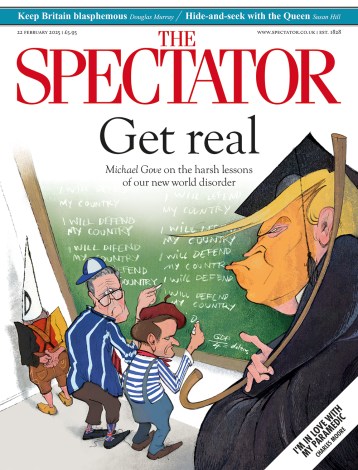Barbed wire, concrete, razor blades, passports, Bakelite and the sewage system are all crucial to the way we live now yet what do most of us know about who, when, how they were invented? In an ambitious new series for the World Service, 50 Things That Made the Modern Economy, Tim Harford intends to put us straight, taking one thing each week over the next year and in just nine, tight, well-ordered minutes giving us its potted history. This weekend, for instance, Harford introduced us to the Haber-Bosch process, which he argues is ‘the most significant invention of the 20th century’, allowing the world’s population to grow exponentially from four billion people in the 1910s when it was first introduced to seven and a half billion now. What Fritz Haber did was to work out a way to convert the nitrogen in the atmosphere into ammonia, used as the basis of fertiliser.

Get Britain's best politics newsletters
Register to get The Spectator's insight and opinion straight to your inbox. You can then read two free articles each week.
Already a subscriber? Log in






Comments
Join the debate for just $5 for 3 months
Be part of the conversation with other Spectator readers by getting your first three months for $5.
UNLOCK ACCESS Just $5 for 3 monthsAlready a subscriber? Log in